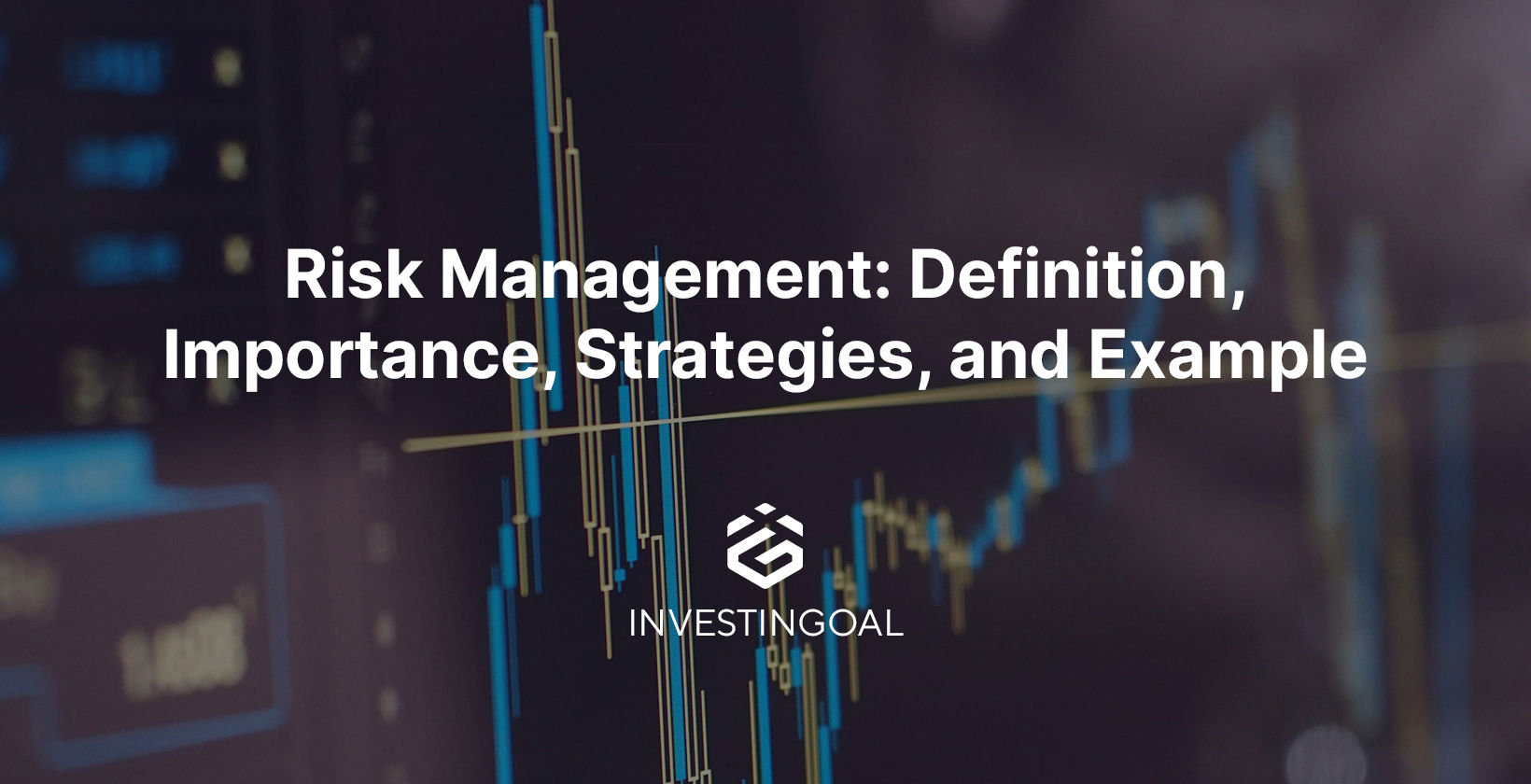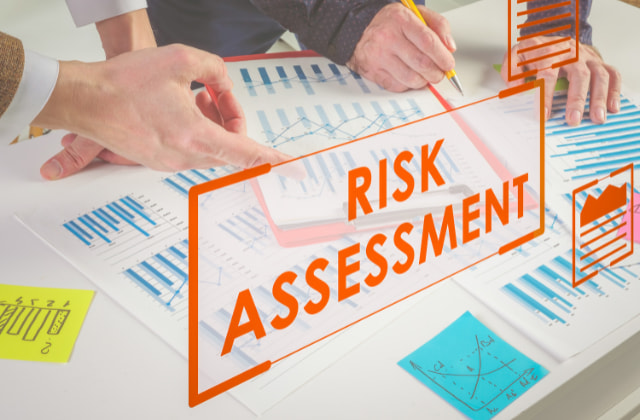The Function and Importance of Risk Management in Ensuring Corporate Continuity
The Function and Importance of Risk Management in Ensuring Corporate Continuity
Blog Article
Discovering the Value of Risk Management for Effective Decision-Making Approaches
In the elaborate globe of service, Risk Management arises as a crucial variable in the decision-making procedure. The ability to determine potential dangers and possibilities, and plan as necessary, can spell the difference between success and failure.
Recognizing the Principle of Risk Management
Risk Management, a vital component in decision-making, is usually misunderstood or oversimplified. Generally, it describes the identification, evaluation, and prioritization of risks to decrease, check, and manage the likelihood or influence of unfortunate events. It's not simply about stopping unfavorable results, however also regarding acknowledging potential possibilities. Risk Management entails disciplined and organized techniques, making use of data and insightful assessments. It needs a thorough understanding of the organization's context, purposes, and the possible risks that could prevent them. From monetary unpredictabilities, legal obligations, critical Management errors, to crashes and all-natural catastrophes, it attends to different dangers. Significantly, reliable Risk Management is not stagnant; it's a continual, forward-looking procedure that develops with altering conditions.
The Function of Risk Management in Decision-Making Processes
In the realm of strategic preparation and company procedures, Risk Management plays an essential duty in decision-making procedures. It assists in recognizing potential dangers and unpredictabilities that can affect the success of organization objectives. By mapping these dangers, companies can formulate techniques to reduce their effect, guaranteeing company continuity and security. Risk Management hence comes to be a crucial tool in decision-making, helping leaders to make informed choices based on an extensive understanding of the risks entailed. It urges a proactive approach, allowing companies to prepare and expect for feasible future scenarios. This substantially lowers the chance of unfavorable effects, promoting much more effective and effective decision-making techniques. Risk Management offers as an important element in the decision-making procedures of any kind of organization.

Just How Risk Management Improves Strategic Preparation
In the context of strategic preparation, Risk Management plays an essential duty. Initiating with the identification of prospective risks, it better includes the application of Risk reduction steps. The duty of Risk Management is vibrant however not fixed, as it requires constant surveillance and adjusting of approaches.
Determining Prospective Threats

Executing Risk Reduction
Having actually established the value of recognizing prospective risks, the following step is to explore Risk reduction. This procedure involves developing and executing techniques to handle identified dangers properly. It is a vital element of tactical planning as it improves decision-making by lessening potential adverse outcomes. Risk mitigation methods can vary from Risk evasion, Risk transfer, to risk reduction. Each strategy ought to be customized to the details Risk, considering its possible effect and the organization's Risk tolerance. Furthermore, reliable Risk reduction needs a deep understanding of the Risk landscape and the prospective impact of each Risk. This understanding enables organizations to prioritize threats and allocate resources efficiently, making certain that one of the most significant dangers are resolved initially.
Surveillance and Changing Methods
Though Risk mitigation is a vital action in calculated planning, constant monitoring and adjustment of these methods is similarly vital. It likewise offers an opportunity to assess the success of the Risk Management steps, permitting adjustments to be made where necessary, further boosting calculated planning. Tracking and readjusting Risk Management techniques is a critical element for improving an organization's resilience and tactical planning.
Instance Researches: Successful Risk Management and Decision-Making
In the world of service and financing, effective Risk Management and decision-making often serve as the pillars of prosperous business. One such entity is an international oil business that minimized monetary loss by hedging versus fluctuating oil prices. In one more circumstances, a technology startup prospered by determining and approving risky, high-reward methods in an unpredictable market. A worldwide financial institution, faced with regulatory unpredictabilities, successfully browsed the scenario with aggressive Risk evaluation and vibrant decision-making. These situations highlight the value of astute Risk Management in decision-making processes. It is not the absence of Risk, yet the Management of it, that typically differentiates successful companies from unsuccessful ones. These situations underscore the crucial function of Risk Management in tactical decision-making. importance of risk management.
Tools and Strategies for Efficient Risk Management
Browsing the complex labyrinth of Risk Management requires the ideal set of devices and techniques. These tools, such as Risk signs up and heat maps, help in recognizing and assessing prospective threats. Methods consist of both measurable techniques, like level of sensitivity evaluation, and qualitative approaches, such as SWOT evaluation. These aid in prioritizing threats based upon their possible influence and likelihood. Risk response techniques, a key part of Risk Management, entail accepting, avoiding, transferring, or mitigating dangers. Monitoring and managing risks, through regular audits and evaluations, make sure that the techniques remain efficient. With these tools and methods, decision-makers can navigate the complex landscape of Risk Management, consequently promoting notified and efficient decision-making.
Future Patterns in Risk Management and Decision-Making Methods
As we explore the substantial landscape of Risk Management, it comes to be noticeable that the devices and methods utilized see this page today will remain to progress. Future fads direct in the direction of a raised dependence on innovation, with man-made intelligence and machine discovering playing substantial roles. These technologies will allow organizations to forecast possible dangers with higher precision and make more informed choices. Furthermore, there will be a growing focus on durability, not simply in handling threats however also in getting better from adverse circumstances. The principle of Risk culture, where every participant of an organization is mindful and involved in Risk Management, will obtain much more importance. These trends advertise an even more inclusive and proactive strategy towards Risk Management and decision-making.
Verdict

Risk Management hence ends up being an important tool in decision-making, aiding leaders to make informed selections based on a comprehensive understanding of the dangers entailed. Risk reduction methods can vary from Risk avoidance, Risk transfer, to run the look what i found risk of reduction (importance of risk useful site management). Reliable Risk mitigation requires a deep understanding of the Risk landscape and the prospective impact of each Risk. Risk reaction strategies, an essential component of Risk Management, involve accepting, staying clear of, moving, or mitigating threats. The concept of Risk culture, where every member of an organization is conscious and included in Risk Management, will certainly obtain more importance
Report this page